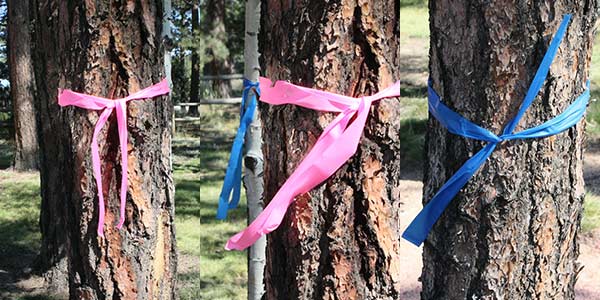Mountain area residents and insurance companies are becoming increasingly aware of the threat of a devastating forest fire. Fire mitigation reduces the risk by creating a defensible space around your home or structure.
The goal of fire mitigation is not to clear cut, but rather to work with the natural aesthetics of the property, providing you with a beautiful and healthier forest after the work is completed. We utilize selective thinning practices when completing a fire mitigation project – we first select the dead, diseased, downed and dying trees for removal. It is only then that we begin selecting healthier trees to be removed to promote proper crown spacing. Fire mitigation not only mitigates risk against a wildfire but promotes a healthier forest better able to resist potential diseases. The heaviest of thinning occurs from 0-30’ from the structure with a tiered approach from 30-100’+.









